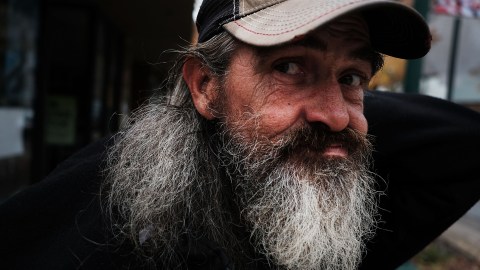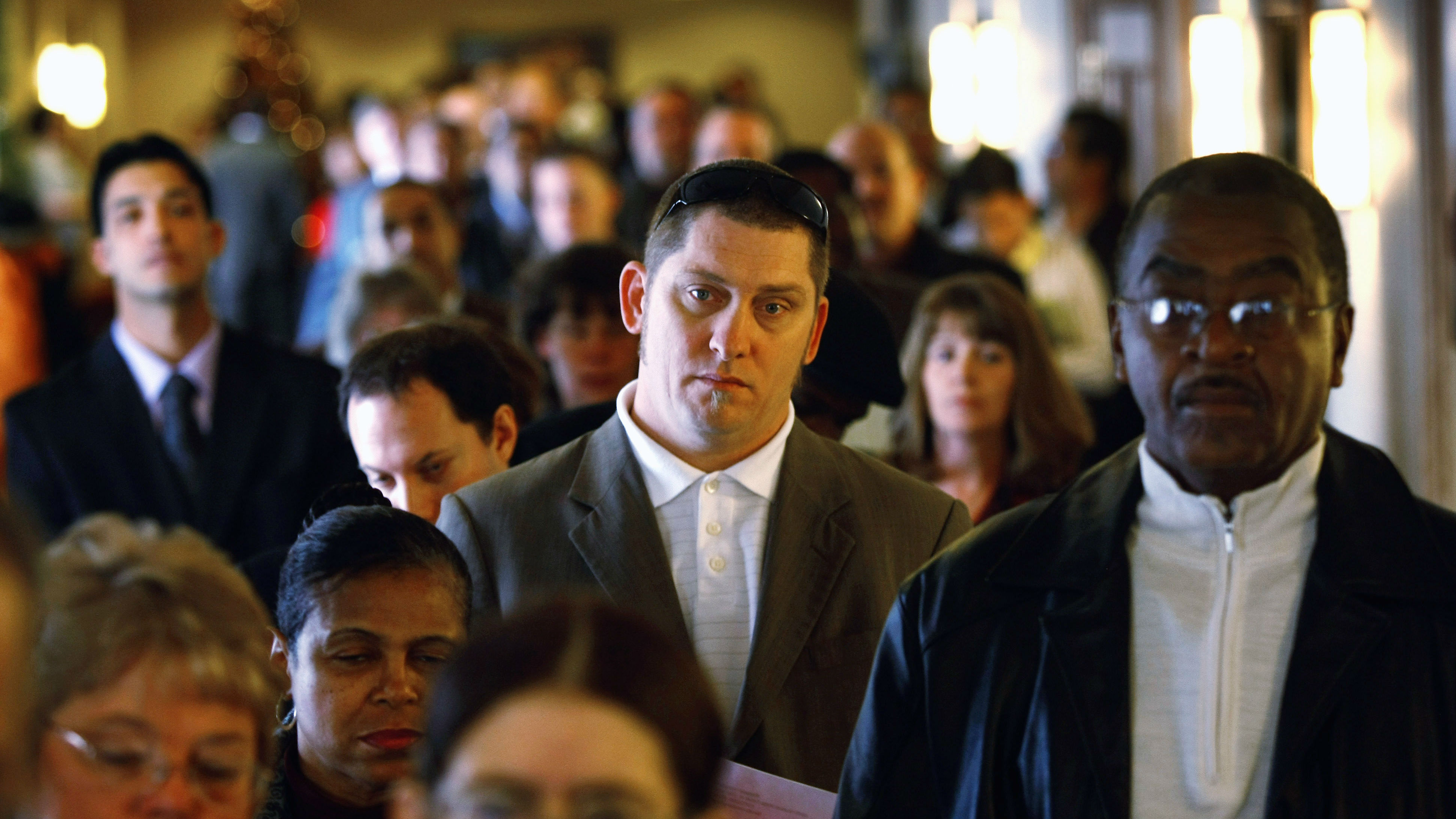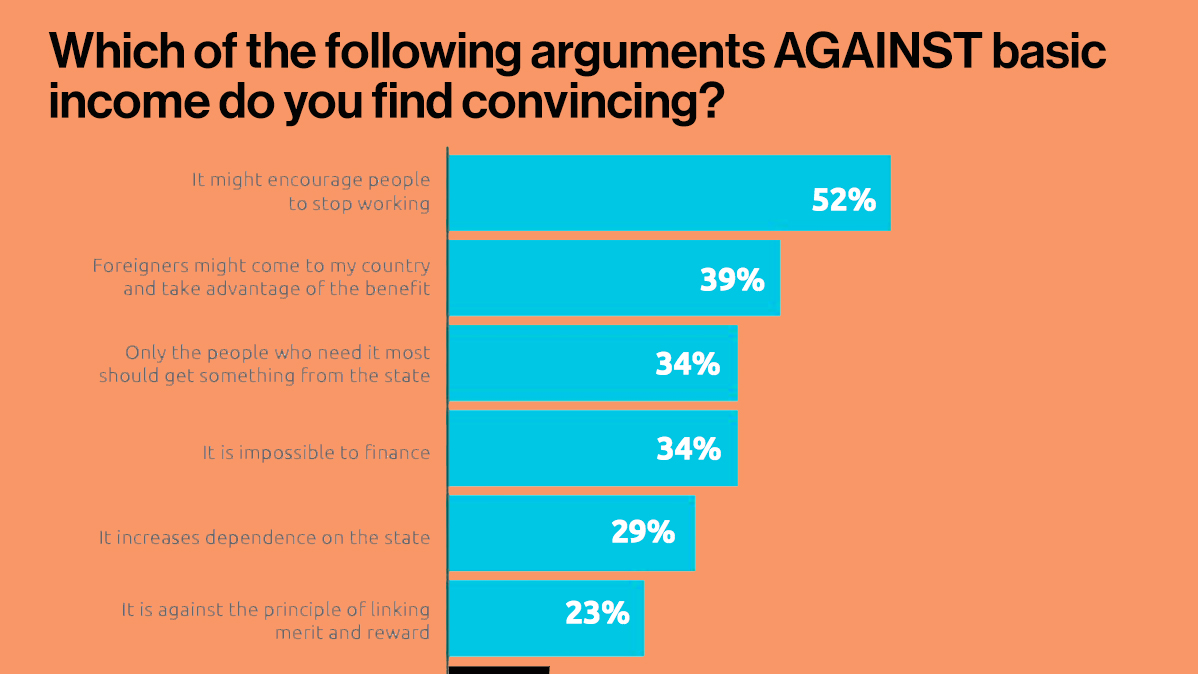What Happens When You Give Basic Income to the Poor? Canada Is About to Find Out

Ontario is poised to become a testing ground for basic income in 2017 as part of a pilot program. Hugh Segal is the special advisor to the Canadian province and a former senator. He believes a supplemental income of $1,320 a month could provide a viable path to poverty abatement—effectively replacing welfare programs and a system he described as “seriously demeaning” in a paper discussing this basic income pilot project.
Segal suggests this pilot project would provide real evidence to whether basic income is the solution to poverty many governments have been seeking. It would answer many of the burning questions and concerns regarding such a system:
In the United States, welfare programs are the staple of big government—a Republican nightmare. Paul Ryan has indicated he wants to phase-out these entitlement programs, however, he’s alsoconcerned about solving the poverty issue in America. If Ontario’s proposed three-year project provides compelling evidence that basic income could do both, we may have a bi-partisan solution.
Segal is a conservative. In his view, welfare programs help alleviate some of the symptoms of poverty, but provide no long-term program to get people out.
“Testing a basic income is a humane and useful way to measure how so many of the costs of poverty (in terms of productivity, health, policing, and other community costs, to name only a few) might be diminished, while poverty itself is reduced and work is encouraged,” Segal says in the report.
A guaranteed income would provide a floor no one would fall beneath and citizens would receive it regardless of employment status. Conservatives like it because it provides an elegant solution that could replace the welfare state and the left love it because it provides a greater social architecture.
However, many question how giving people free money could fix many of our socio-economic issues. But we won’t know if we don’t try—if we don’t do the research to find a solution, which is what Segal suggests.
“There cannot be, nor should there be, any guarantees about what results a pilot might generate,” Segal writes. “The objective behind this endeavor should be to generate an evidence-base for policy development, without bias or pre-determined conclusion.”
This test of basic income won’t be the first. Researchers and governments across the globe have started implementing similar tests to see what happens when you give people no-strings-attached cash. Finland, the Dutch city of Utricht, and Kenya all have plans to create programs to test this system. Segal believes a program in Ontario could add to this growing body of research.
“This Ontario initiative takes place at a time when other jurisdictions, in Canada and abroad, are working in different ways toward a Basic Income approach to better reduce poverty,” he wrote. “The opportunity to learn from and engage with these other initiatives should not be overlooked, nor should approaches being tested elsewhere be necessarily re-tested here.”
A study in Manitoba, Canada done back in the 1970s provides us with an idea of what a community receiving basic income would look like. Many believe people would stop working, and become lazy. They would be half right, some people did stop working in Manitoba. But when you look at the data a little closer, we begin to see how poverty starts at an early age and how basic income could help them get out.
Allow me to explain: People in the town received a set income of $9,000 a year (by today’s standards) from the government. Evelyn Forget, an economist and professor at the University of Manitoba, who looked over the data from the study says there was a 9% reduction in working hours among two main groups of citizens.
Here’s the kicker: New mothers were using their additional income to extend their maternity leaves and spend more time with their infants, and teenage boys were using that income to stay in school.
“When we interviewed people, we discovered that prior to the experiment, a lot of people from low-income families, a lot of boys in particular, were under a fair amount of family pressure to become self-supporting when they turned 16 and leave school. When Mincome came along, those families decided that they could afford to keep their sons in high school just a little bit longer,” Forget told PRI in an interview.
Poverty affects all of us in some way (at some point 3 in 5 Americans experience it personally in their lifetime). All of us pay for its upkeep through taxes and can see how it wears down the institutions within our local communities. Basic income could be the solution. We have some data; we need more in order to make the proper call.
Ontario’s experiment will show what would happen if people between the age of 18 to 65, living below the poverty line, received a monthly income of $1,320 ($1,820 if they are disabled). Would they be better able to save and find work?
“There’s no magic bullet,” said Jennefer Laidley of the Income Security Advocacy Centre. “So it’s key that government is now exploring various solutions — reforming existing social assistance programs, improving the quality of work, and considering basic income.”





